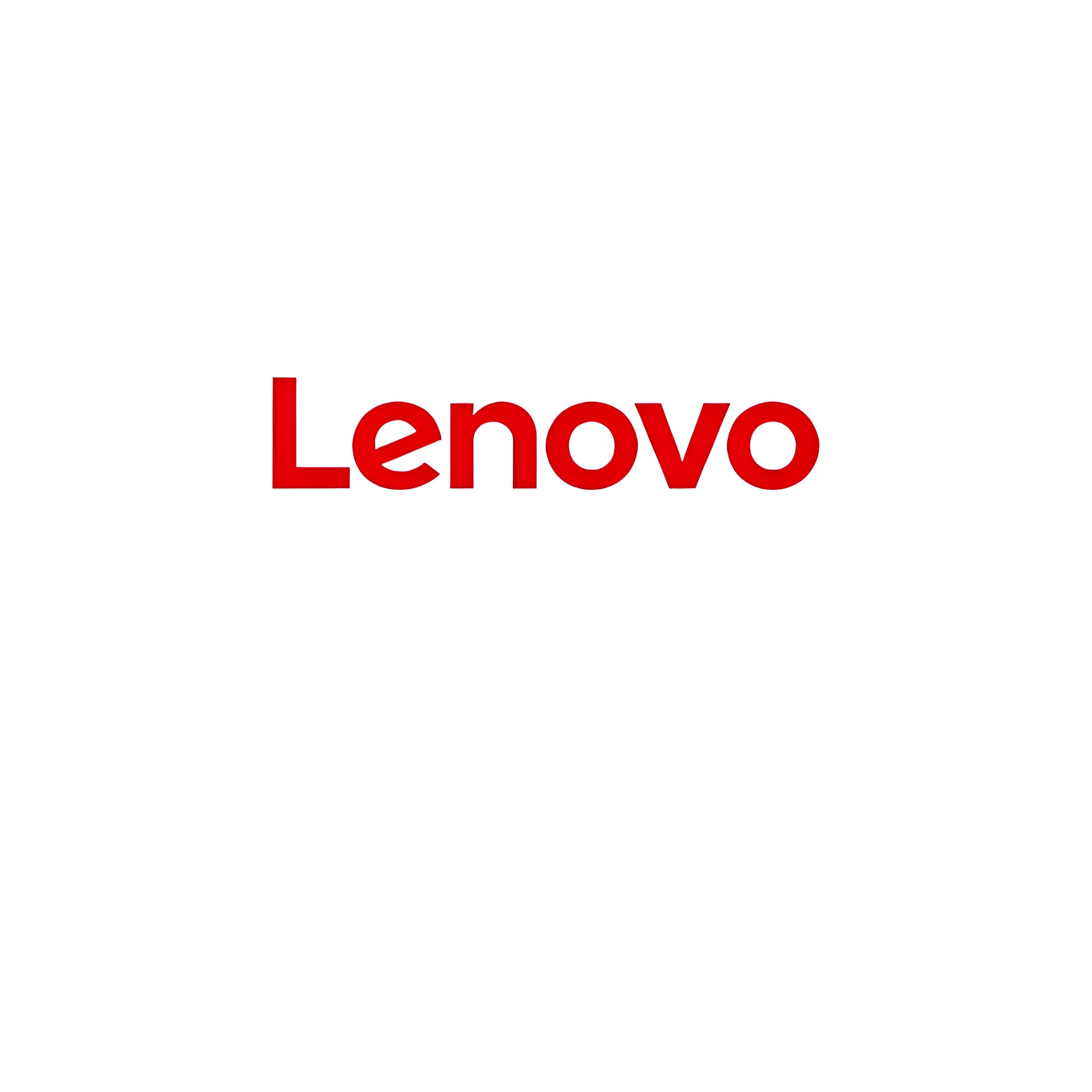Avaya has introduced a new, open software-defined networking (SDN) architecture that will help the Indian government delivering on its digital inclusion vision, and the country’s enterprises to create the agile networks required by today’s dynamic applications.
The Avaya SDN Fx architecture is the first to deliver the “smart foundation” required to connect anything, anywhere.
“CIOs are unnecessarily overburdened by archaic networks and frustrated  by the disparity between the promised results of new technologies and the reality that most vendors deliver. There’s a better way: Avaya Fabric Connect already relieves 75% of the top network issues identified by IT departments, and we’re building on that with SDN Fx,” said Priyadarshi Mohapatra, MD, Avaya India and SAARC.
by the disparity between the promised results of new technologies and the reality that most vendors deliver. There’s a better way: Avaya Fabric Connect already relieves 75% of the top network issues identified by IT departments, and we’re building on that with SDN Fx,” said Priyadarshi Mohapatra, MD, Avaya India and SAARC.
The new architecture shaves off weeks in provisioning time by allowing devices and users at the network edge to be added easily to the network. The Avaya SDN Fx architecture, built on the Avaya Fabric Networking technology, features new products and capabilities for a complete solution that delivers on the promise of SDN, without the hidden complexity that comes with the towering overlays of software and hardware inherent in many other vendor approaches.
According to a recent Avaya survey, 64 percent of IT professionals in India want SDN to extend beyond the data center; however, 26 percent of them say the ability to do so today is extremely or moderately limited. In addition, of the challenges that IT pros are looking to SDN to solve, 80 percent insist that SDN programming must be simple before they will adopt.
Avaya’s SDN Fx architecture builds on three primary tenets to meet many of the expectations IT departments seek from SDN:
- An automated core that takes advantage of a single, network-wide Ethernet fabric to remove the need for manual configuration at each network hop; thus, reducing the potential for error and accelerating time to service.
- An enabled edge that leverages fabric extension beyond the data center to the user edge, allowing applications, devices and users to simply connect anywhere along the network and interact seamlessly to create a more agile and productive business environment.
- An open ecosystem that utilizes standard fabric protocols married with open interfaces and open source customization tools empowering IT to quickly respond to changing business requirements with precision and flexibility.









